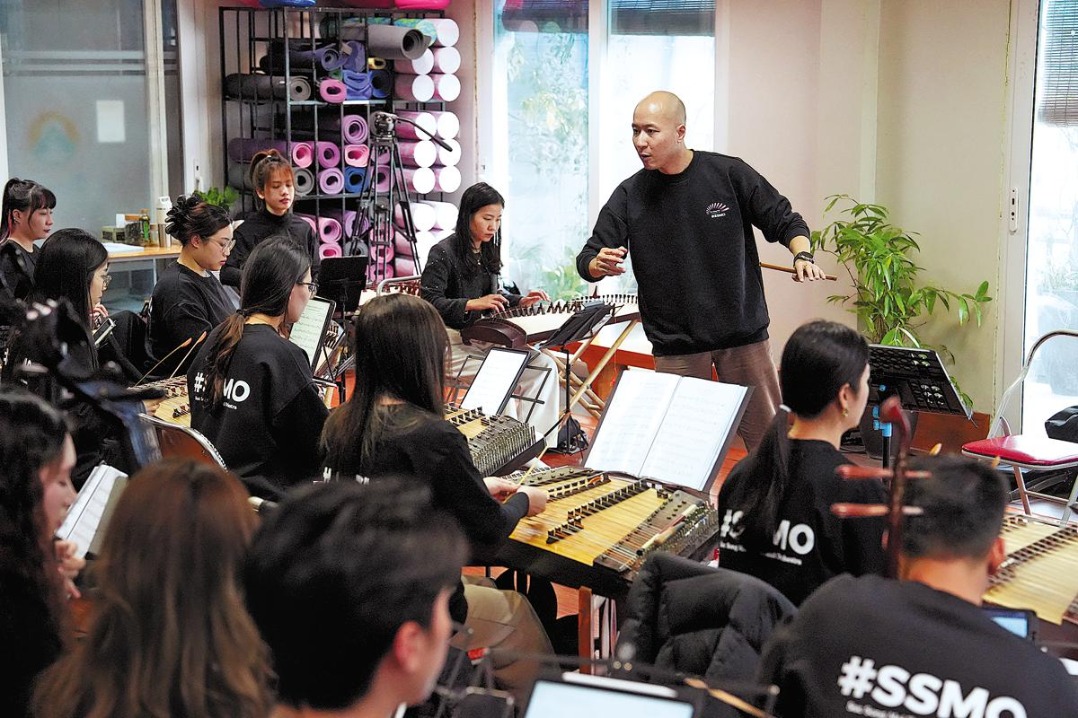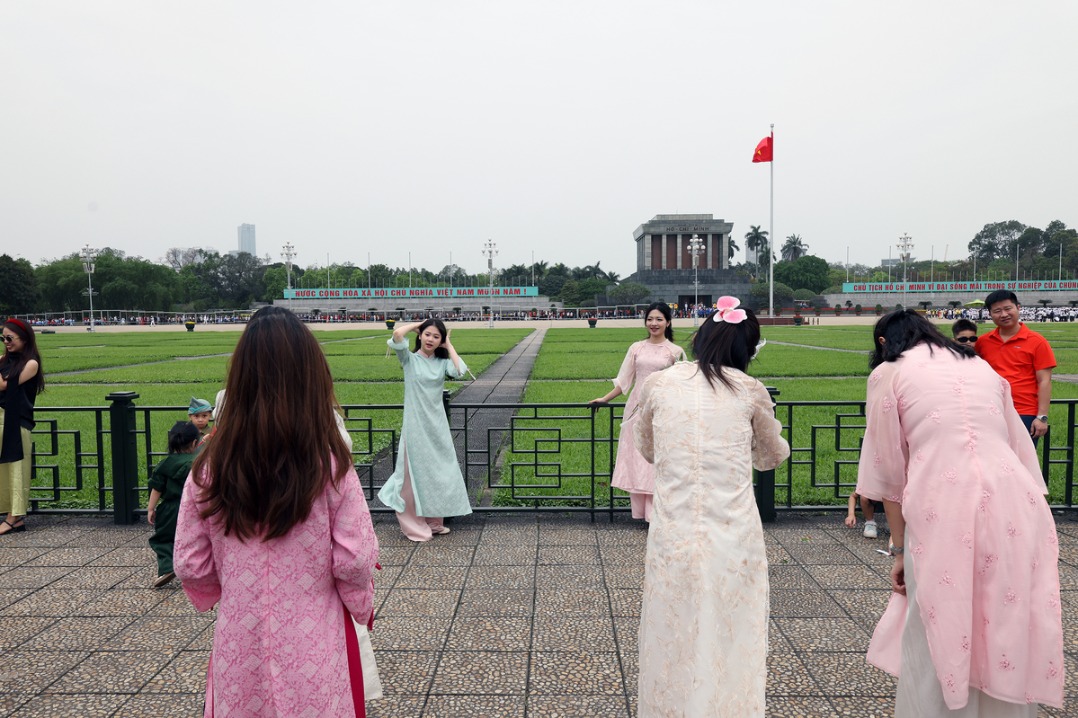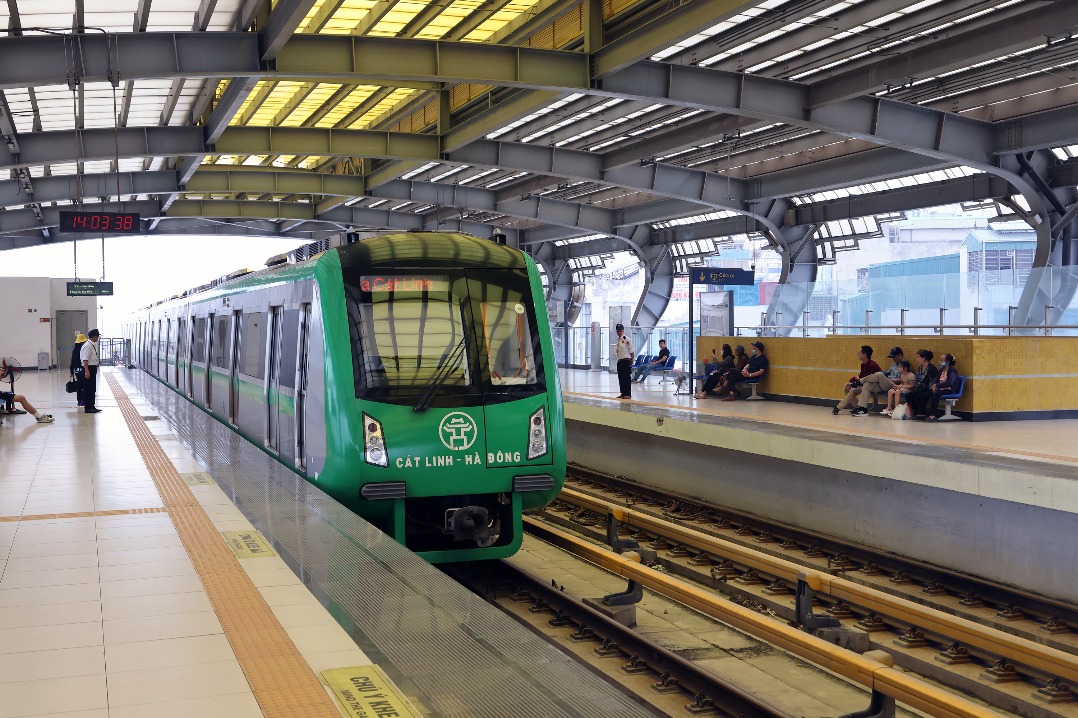It's that time of the year
By Yang Feiyue | China Daily | Updated: 2018-12-27 07:10

Many travelers have opted for the special administrative region's villages and towns off the beaten track to taste authentic yet distinctive Hong Kong elements, Ctrip reports.
Other than Hong Kong, Japan, Thailand, France, Italy, Switzerland, Vietnam, the United States, Turkey, Canada, Australia, New Zealand and the Maldives are the most-popular destinations among Chinese who booked trips through Ctrip for the upcoming Spring Festival holiday.
Some short-distance getaways, such as the Philippines and Cambodia, are expected to see a surge in bookings in January, according to the travel agency.
Japan's visa relaxation for Chinese tourists with two visits to the country in past three years is likely to benefit 25 million to 30 million Chinese travelers, according to Xie Zhiwei, Ctrip's visa business manager.
The new visa policy will take effect on Jan 4 and cut previous requirements of financial conditions for Chinese tourists.
Ctrip has launched more than 3,000 routes in Japan for the upcoming Spring Festival. Bookings for Kyoto and Osaka and to see the snowfall in Hokkaido are at over 50 percent of capacity. Packages including Disneyland and Universal Studios in Japan and animal interactions there, such as in Nara, have been snapped up by Chinese families.
Canada, Argentina, Mexico, Cuba and even the Antarctic region have claimed the attention of a considerable number of Chinese travelers. The number of Chinese who have booked trips to these destinations have more than doubled for each compared with the same period last year. Inquiries for trips to view the northern lights in Canada during Spring Festival have doubled at Ctrip. The three-day group tour to Yellowknife has sold out.
It's partly thanks to Canada's favorable policy that allows Chinese travelers to use their Alibaba-backed Sesame Credit points in place of their assets certification, Xiao says.
Chinese travelers' outbound experiences have increased, and they are now eyeing faraway continents, such as South America and Antartica.
The Antarctic region received 8,273 Chinese visitors during the 2017-18 season, accounting for 16 percent of the total tourism there, second to the United States, the International Association of Antarctica Tour Operators reports. That's nearly 3,000 more than the 2016-17 Antarctic tourism season, and 100 times as much as it was in 2008, when fewer than 100 Chinese visited.
Although the dollar-to-yuan exchange rate is rising, it hasn't affected tourism-product prices, which are basically at last year's levels.
"We've reached long-term cooperation with airlines, hotels and tourism bureaus, and will reduce costs through mass purchases to offer tourists better cost performance," Xiao says.
Costs to certain destinations, such as the Maldives, Australia and New Zealand, have dipped by 5 to 10 percent.
At the moment, the 12-day tour to New Zealand's west coast, Christchurch, Greymouth, Fox Glacier, Queenstown, Lake Takepo, Auckland and Rotorua is priced at less than 30,000 yuan for Spring Festival. For those who want to avoid crowds, Xiao recommends the emerging destinations Serbia and Bosnia and Herzegovina, both of which offer visa-free entry to Chinese.
In addition, Kenya and Tanzania will be at their off-tourism period, which would make for relative quiet traveling experiences.
























